
When a bonsai tree is root-bound, it’s time to repot. This usually occurs every 2-3 years but can vary depending on the species of bonsai and its age. When roots have grown to fill all available soil space and are spilling out from the drainage holes at the bottom of the pot, this indicates that your bonsai is due for repotting. If you notice a decrease in new growth or discolored leaves, your plant may need more nutrients which can be provided through fresh soil during a repotting session.
Contents:
- Signs it’s Time for a Change: Is your Bonsai Tree Suffering?
- Selecting the Right Container: Finding the Ideal Home for Your Bonsai
- Timing is Everything: Best Times of Year to Repot Your Bonsai Tree
- The Importance of Proper Soil Mix: Enhancing Soil Quality for Healthy Roots
- Step-by-Step Guide to Repotting: DIY Tips and Techniques
- Caring for Your Newly Repotted Bonsai: Post-Repotting Techniques
- Expert Advice from Master Gardeners: Frequently Asked Questions about Bonsai Trees
Signs it’s Time for a Change: Is your Bonsai Tree Suffering?
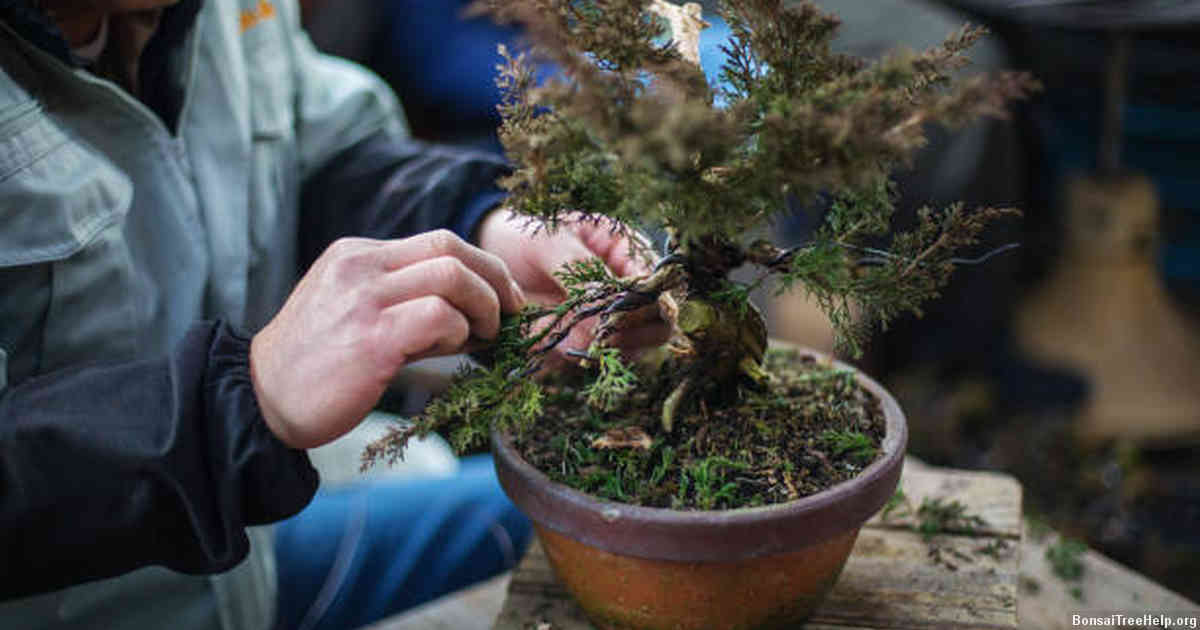
Identifying when it’s time to repot your bonsai tree can be a tricky task. It’s important to carefully weigh the pros and cons of a transition and recognize the signs that your plant needs an upgrade in environment. A good rule of thumb is to ask yourself if your bonsai looks weakened, stressed or unhealthy; this could be an indication that its current pot does not provide adequate resources for growth and thriving. If you observe any of these signals, there’s a chance your treasured companion may need more space or another type of soil.
The other factor to consider is the size of the root system versus the pot they are housed in; this should maintain balance and proportion in order to best foster healthy growth – rather than excessive stretching beyond what’s comfortable. Inadequate room for roots will lead to compacted soil, leading to worsened drainage, impaired oxygen flow and ultimately impede nutrient absorption – all crucial aspects in keeping a bonsai looking strong and vibrant.
Moreover, it’s worth noting how often you notice excess water running through; if stagnant pools form at the bottom after just short periods then it might be time for repotting too. An indication can also come from new shoots rising up either visibly malformed or growing sparsely with limited vigour – which usually means overcrowding has set in as available nutrients have been used up by nearby vegetation competing for resources within same container. Whenever you detect one of these changes, don’t hesitate: taking action promptly can make a world of difference for lifespan of your special companion!
Selecting the Right Container: Finding the Ideal Home for Your Bonsai
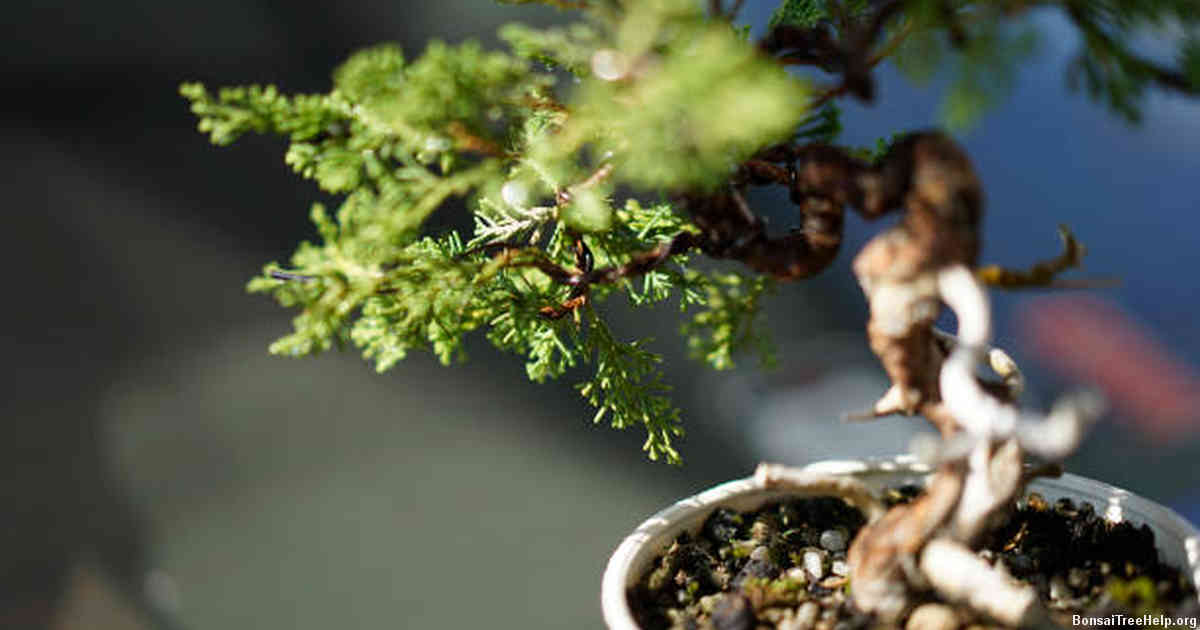
Choosing the right pot or container for your bonsai tree is an important part of proper bonsai care. There are a few things to consider when selecting a pot: size, shape and material. The size of the container should be suited to the size of your tree as you want it to have plenty of room for its roots without taking up too much space. It also needs to fit within any decorative structures you have built around it such as trays or stands.
Shape-wise, classic bonsai pots tend to be tall and rectangular with curved corners – making them very attractive but potentially difficult for some trees species which prefer wider containers instead. Experimentation is key here and some artistic license can be taken depending on what look you’re going for; however, make sure that whatever shape you choose provides enough room for your tree’s roots in order for it to stay healthy and thrive.
In terms of material, clay is traditional choice due its durability – however plastic containers can work just fine too – they’re often lighter which makes them easier to move around if necessary; they also tend to cost less so perfect if on a budget. However, whatever you do go with make sure that drainage holes are included so excess water can escape – this will help prevent root rot from settling in later down the line.
Timing is Everything: Best Times of Year to Repot Your Bonsai Tree
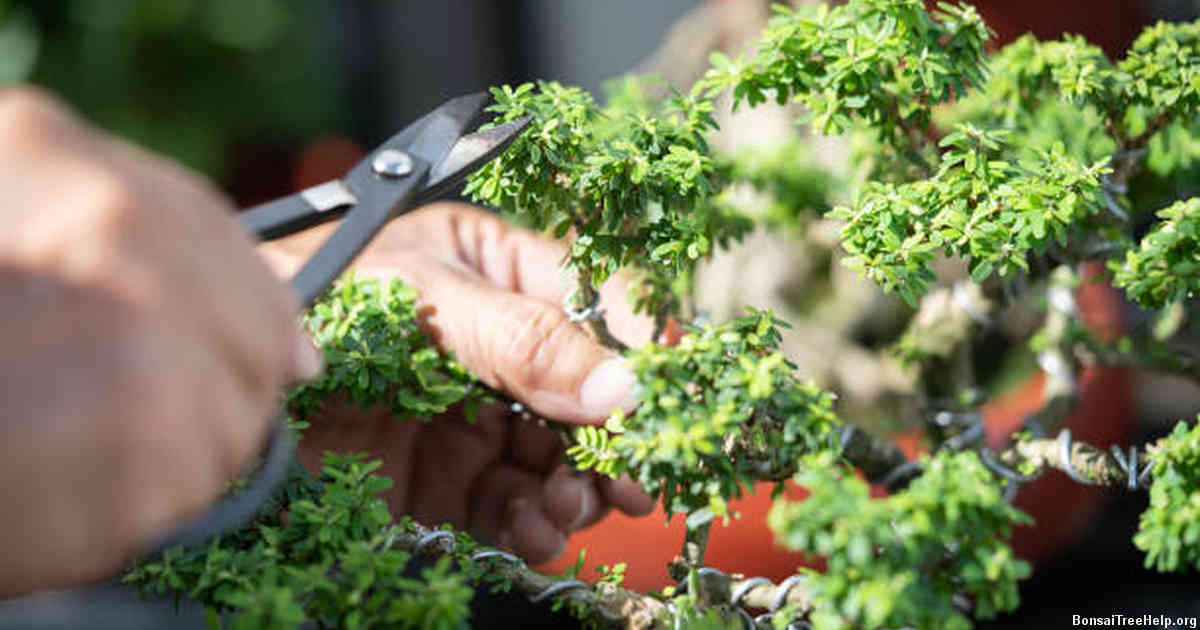
Repotting your bonsai tree is an essential component of maintenance and successful growing. Knowing the best time to repot helps your bonsai thrive since repotting can be stressful on a tree. To ensure a healthy, robust bonsai it’s important to pay attention to when you should move it into its new pot or container.
Though there are some varieties of trees which can be re-potted at any time of year, most bonsai trees do better if they’re moved before or after the growing season. The exact timing varies depending on what type of climate you live in and where you keep the tree during different parts of the year, like indoors or outdoors.
The general rule for temperate climates suggests that deciduous species, like Maples and Elms, should be shifted during late winter when they are still dormant before flowering starts in spring. Similarly coniferous species such as Junipers should have their roots disturbed once new growth has come out but isn’t too expansive yet; early summer works best for these types of trees. Tropical Bonsais must never endure cold temperatures so altering the root structure should occur around late spring – just before blooms appear – since colder months could potentially kill them off entirely. Paying close attention to weather patterns will help determine the optimal moment for each variety throughout their cycle: avoid wet spells with high humidity levels right after transplantation as this could lead to fungus gnats attacking your plant’s roots instead of growth taking off as desired.
The Importance of Proper Soil Mix: Enhancing Soil Quality for Healthy Roots
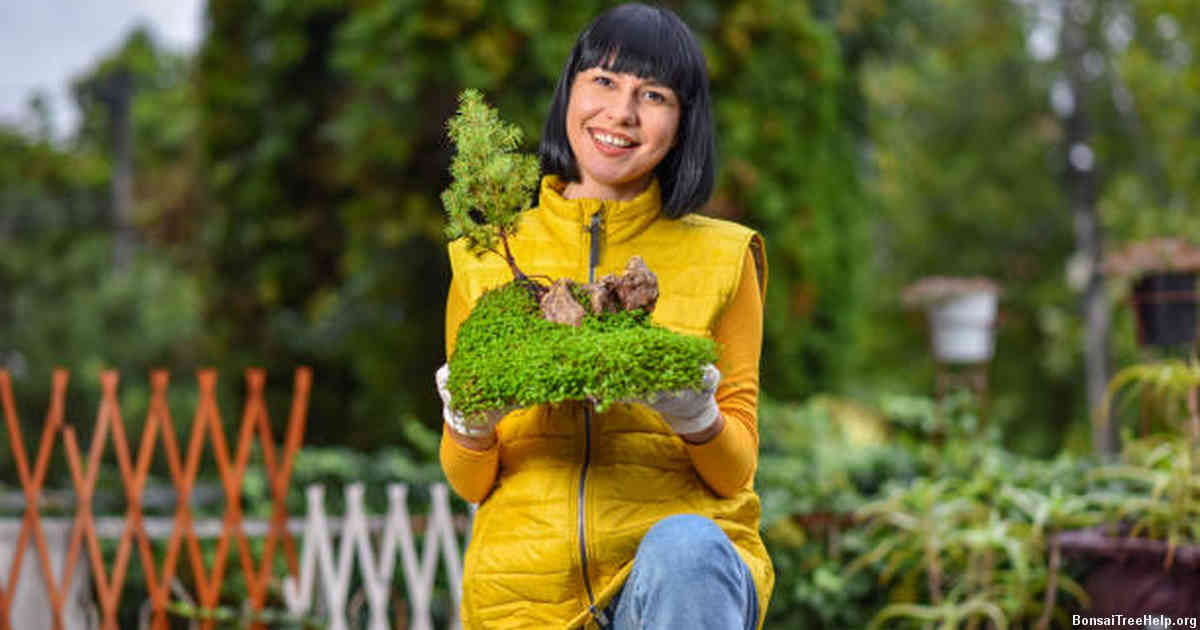
For bonsai trees, the soil mix is key to promoting healthy root growth and overall health of the tree. Getting the right ingredients in proper proportions is a must for successful repotting and subsequent success of your bonsai. A balanced blend should allow for good drainage but hold enough moisture for optimal absorption by roots. It should also provide a steady supply of nutrients essential for plant growth.
The type of potting soil used greatly affects how much air space is available around the roots, making it essential to use an appropriate mix that doesn’t compress easily when watered. Any good soil mixture will contain some proportionate amounts of clay particles as well as organic matter such as peat moss or humus, which helps improve texture and fertility levels in addition to providing water-retention properties. Mixes with too little organic matter make it difficult for the roots to absorb nutrition; an abundance makes it hard for oxygen to reach them through dense mixtures resulting in soggy plants that tend to rot at their base due to poor air circulation.
Choosing quality fertilizers should also be considered when repotting your bonsai tree since they are essential agents that support vigorous growth and promote resilience against diseases common among these miniature trees; slow-release formulas work best since high doses can shock the system leading to wilted leaves, discoloration, yellowing foliage and eventual death if not addressed immediately with corrective measures such as re-potting with fresh components like potting media and other amendments included in a new seedling’s nutrient matrix formula.
Step-by-Step Guide to Repotting: DIY Tips and Techniques

Repotting your bonsai tree can be intimidating. If done incorrectly, it can damage or even kill the tree. Fortunately, repotting is a straightforward process if you take all the necessary precautions and understand some of the fundamentals involved in successfully repotting a bonsai tree. Here’s a step-by-step guide to get you through this tedious but important task:
It is important to identify when it is best to re-pot your bonsai trees. Every species has different requirements and needs attention annually or biennially; however the general rule of thumb is that most species should be re-potted every 2–3 years – or once their roots begin filling up the pot they are currently in.
Now that you know when to repot your tree, start off by properly preparing for the task at hand: make sure you have gathered all of your supplies beforehand – such as fresh soil mix, pruning scissors, small chopsticks (for loosening roots), and protective gloves. Watering plants well before repotting will ensure healthy roots during replanting.
Next comes removing your bonsai tree from its pot; tap on each side gently with your palm until its rootball starts slowly working its way out of the container. Once everything has been removed from its pot and laid on an appropriate surface (to avoid damaging furniture or walls), use appropriate scissors and trim back any thick/wiry roots which appear unhealthy as needed; remember not to go overboard here as pruning too much can weaken delicate systems. From here, use chopsticks to work around inside the rootball – separating tangled ones while also checking for any dead/diseased ones that need special attention.
Finally fill up your new container with one part organic matter such as composted bark chips alongside two parts premium organic soil mix before carefully positioning the rootball in place – taking extra care when placing stones around them so they don’t shift during watering later down line. Water generously afterwards before sitting back & admiring your hard work!
Caring for Your Newly Repotted Bonsai: Post-Repotting Techniques
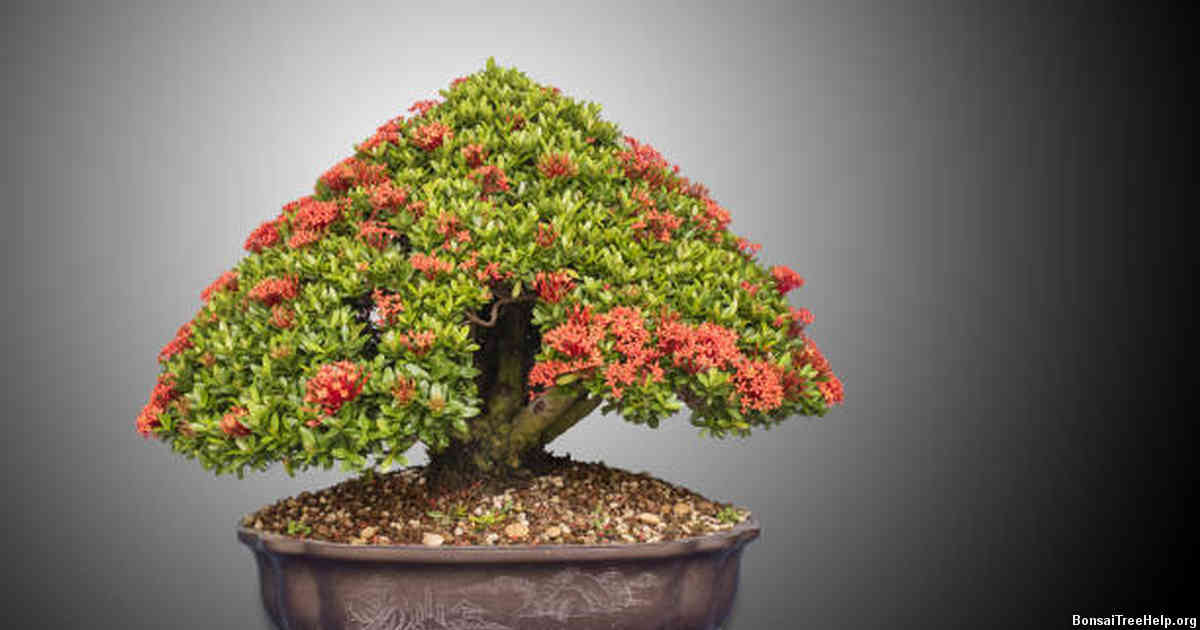
Once you’ve chosen the appropriate pot, soil and plant for your repotting project, it is time to ensure the health of your bonsai tree post-repotting. As mentioned previously, the fresh environment can be a shock to the system for any living creature. After planting, whether you have chosen an indoor or outdoor variety of bonsai tree, there are several key steps that you should take in order to maximize success with your new creation.
The first action item should focus on water management. Watering may seem like an obvious and simplistic task; however, in reality it is easy to get carried away with this simple task and end up over saturating the area around your newly planted bonsai tree. It is best to remember this old adage: “less is more”. Start off by watering small amounts of water directly onto the root system (not splashing any excess on leaves) until you begin seeing runoff or a puddle begins forming at the bottom of the pot. If so, stop immediately as too much water will cause suffocation and potentially lead to rotting roots!
Next comes proper light exposure – a very important factor in maintaining healthy growth patterns after repotting. If you chose an outdoor variety, then allowing natural sunlight exposure throughout all seasons should suffice; when selecting artificial lights for indoor varieties think carefully about choosing ones that emit mostly blue wavelengths as these encourage leafy growth (rather than just tall stems). Try not trimming during the initial stages after repotting unless absolutely necessary – instead let nature take its course and watch closely as your particular bonsai species adapts well during its transition from old environment into its new home.
Expert Advice from Master Gardeners: Frequently Asked Questions about Bonsai Trees
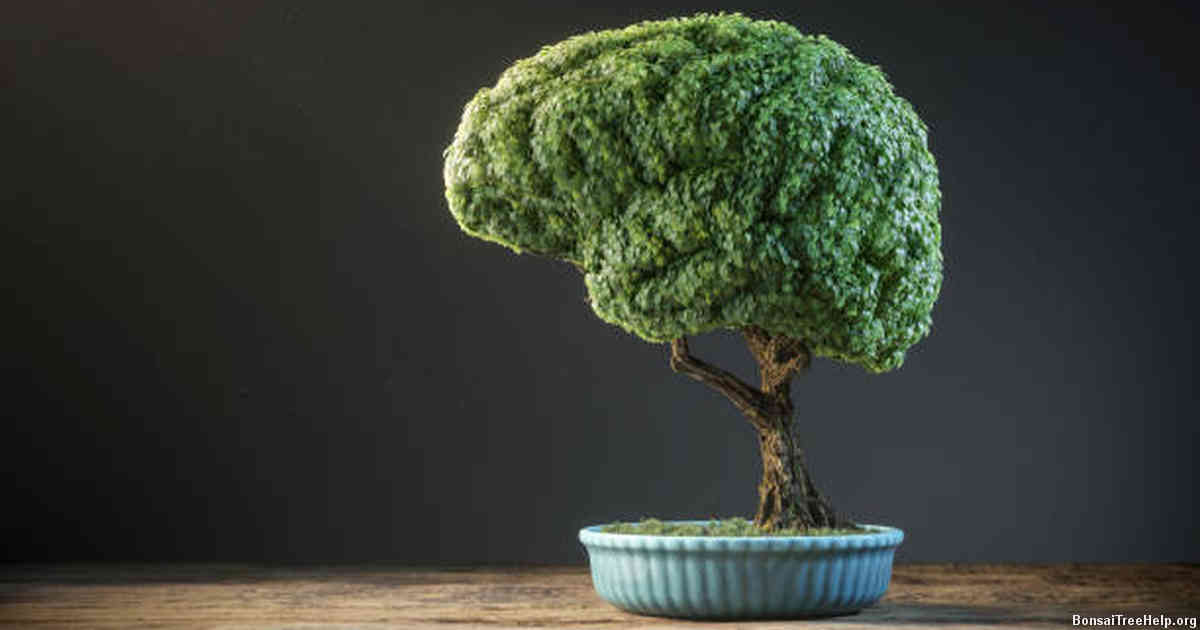
Gardening experts and master gardeners agree that repotting bonsai trees is a tricky yet essential part of their upkeep. There are many factors to consider before deciding when and how to perform the task – from soil type, size of the root ball, health of the tree, age of the plant, species, etc. To shed some light on this topic, we asked experienced horticulturists a few questions related to repotting bonsai trees.
When asked what kind of soil works best for these miniature shrubs or bushes, they all agreed that an unamended loamy blend is ideal. They also recommend making sure to use a specialized pot or container specifically made for bonsai. A shallow vessel allows adequate drainage and helps provide enough space for roots without crowding them too much over time.
The second question they were asked was about timing: when should you start thinking about replacing your existing pot? The response typically depends on several elements – overall condition being one major factor to consider here. Generally speaking, if the roots have outgrown its current home or it’s taking more effort than usual keeping it healthy (unusual yellowing leaves or leaf drop), then it may be time for a new container as soon as possible. Otherwise you can wait at least every two years to replace it with one that fits better and has proper draining holes in place.
Finally we wanted to know if there are specific steps people should take when preparing for repotting their bonsais – such as pruning roots beforehand? The answer most gave was yes; trimming away any weak diseased sections prior to transfer will help avoid transferring diseases between different pots as well keep growth in check over time – allowing nutrients and moisture reach all parts evenly while preventing overcrowding issues down the line.
Leave a Reply